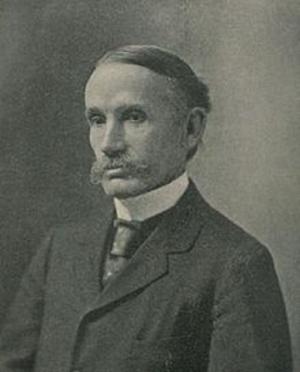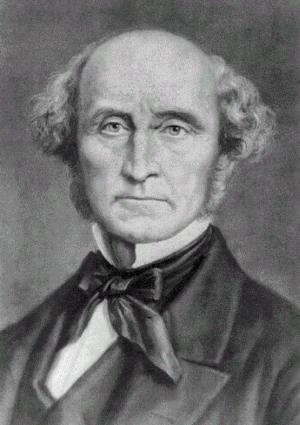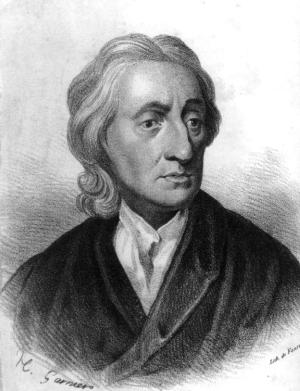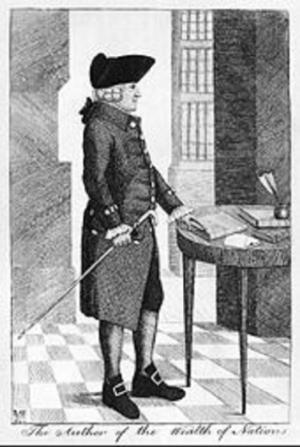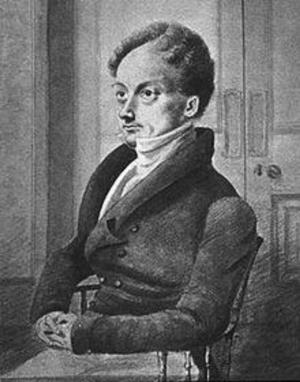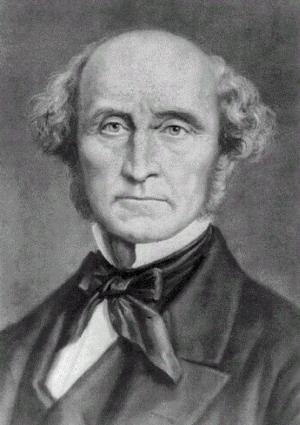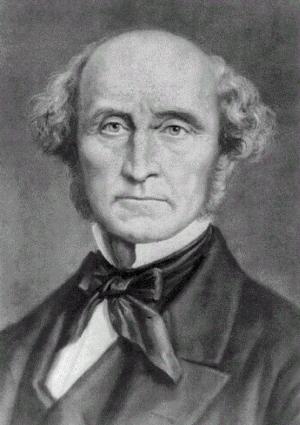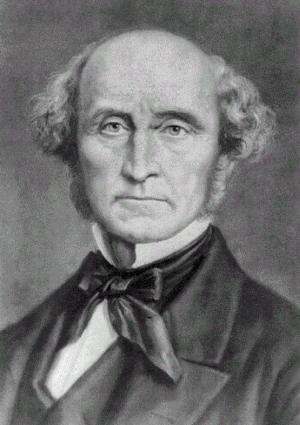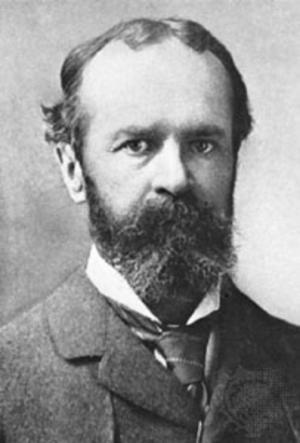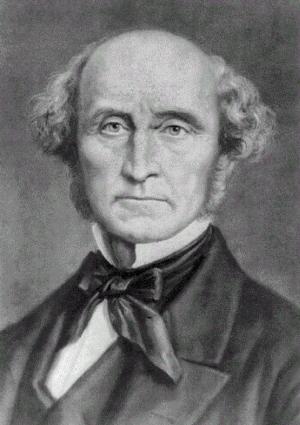Indian Currency and Finance: Full and Fine Text of 1913 Edition (Illustrated)
Business & Finance, Economics, Macroeconomics, Theory of Economics| Author: | John Keynes | ISBN: | 1230000268331 |
| Publisher: | AS Team | Publication: | September 15, 2014 |
| Imprint: | Language: | English |
| Author: | John Keynes |
| ISBN: | 1230000268331 |
| Publisher: | AS Team |
| Publication: | September 15, 2014 |
| Imprint: | |
| Language: | English |
The book has an active table of contents for easy access to each chapter of the following title:
Indian Currency and Finance – John Keynes
John Keyes made essential contributions to classical economics and has been called the most influential classical economist along with Adam Smith, Thomas Malthus, John Stuart Mill, and Karl Marx.
The General Theory of Employment, Interest and Money is the most important work by John M. Keynes in economic history. The work is served as a theoretical foundation for the interventionist policies that are popular today.
In addition to the theory of Keynesian economics, Keynes’s most important legacy is on the subjects of monetary theory. The book of Indian Currency and Finance by Keynes is a memorandum of complete grasp and mastery narrating the early days of modern British and European banking with maxims that apply to the Global Financial Crisis.
John Keynes is also credited to lay out the theoretical foundation for the United States to form Marshall Plan to response to Soviet ‘Salami Tactics’ after the Second World War. Keynes after the First World War in the book THE ECONOMIC CONSEQUENCES OF PEACE and A REVISION OF THE TREATY given a powerful discussion about the core economic subjects of war, global political issues, and economic development. A Revision of the Treaty is a sequel to The Economic Consequences of Peace.
John Keynes was also one of those rare people who achieved both tremendous investing success and lasting fame. When he died, his estate was worth more than $17 million in today’s dollars. The path of value theory can be traced back to David Ricardo and John Keynes. Ricardo and Keynes pioneered the path of value investing continued by Benjamin Graham, Philip Arthur Fisher, and Warren Buffett in the United States.
This is a must-read book for people who are also interested in the deepest thoughts and views about economic development and monetary policy by John Keynes, one of the greatest economic thinkers on the planet.
The book has an active table of contents for easy access to each chapter of the following title:
Indian Currency and Finance – John Keynes
John Keyes made essential contributions to classical economics and has been called the most influential classical economist along with Adam Smith, Thomas Malthus, John Stuart Mill, and Karl Marx.
The General Theory of Employment, Interest and Money is the most important work by John M. Keynes in economic history. The work is served as a theoretical foundation for the interventionist policies that are popular today.
In addition to the theory of Keynesian economics, Keynes’s most important legacy is on the subjects of monetary theory. The book of Indian Currency and Finance by Keynes is a memorandum of complete grasp and mastery narrating the early days of modern British and European banking with maxims that apply to the Global Financial Crisis.
John Keynes is also credited to lay out the theoretical foundation for the United States to form Marshall Plan to response to Soviet ‘Salami Tactics’ after the Second World War. Keynes after the First World War in the book THE ECONOMIC CONSEQUENCES OF PEACE and A REVISION OF THE TREATY given a powerful discussion about the core economic subjects of war, global political issues, and economic development. A Revision of the Treaty is a sequel to The Economic Consequences of Peace.
John Keynes was also one of those rare people who achieved both tremendous investing success and lasting fame. When he died, his estate was worth more than $17 million in today’s dollars. The path of value theory can be traced back to David Ricardo and John Keynes. Ricardo and Keynes pioneered the path of value investing continued by Benjamin Graham, Philip Arthur Fisher, and Warren Buffett in the United States.
This is a must-read book for people who are also interested in the deepest thoughts and views about economic development and monetary policy by John Keynes, one of the greatest economic thinkers on the planet.



